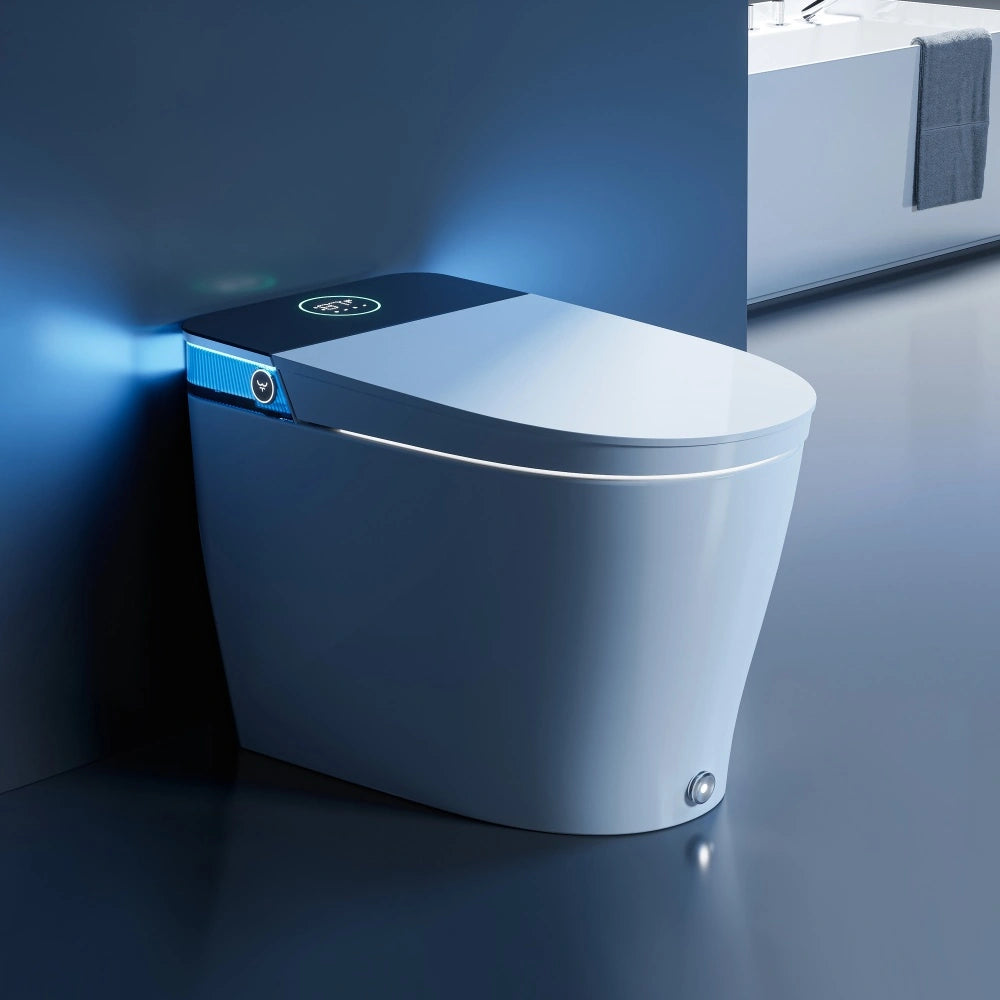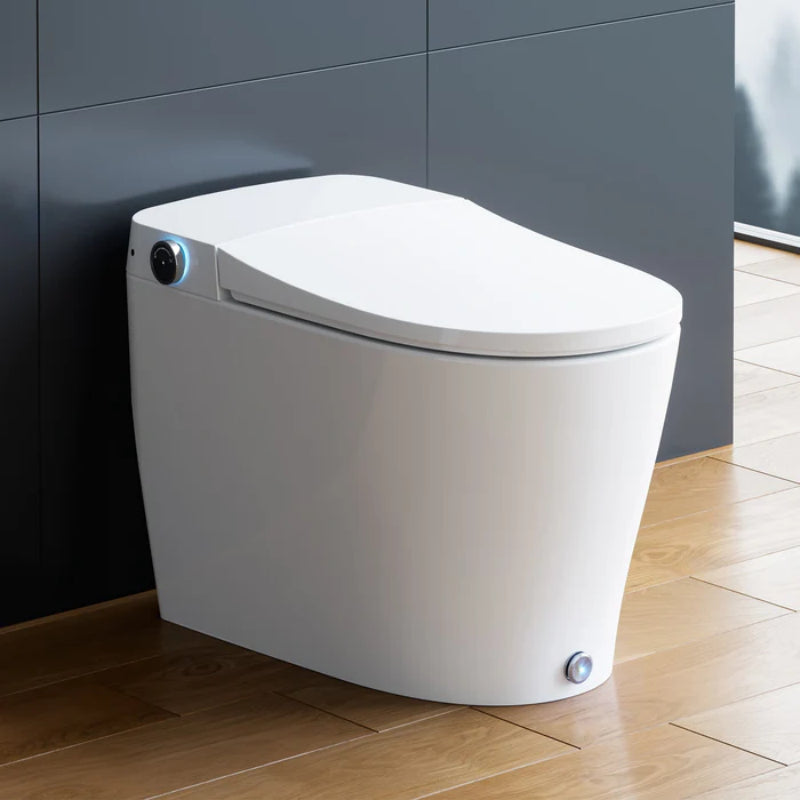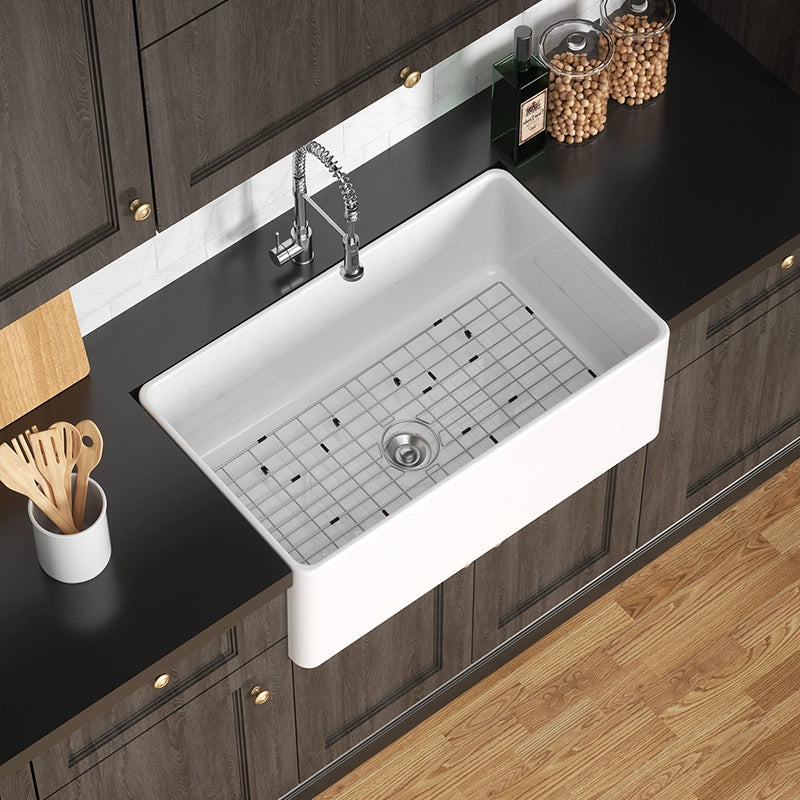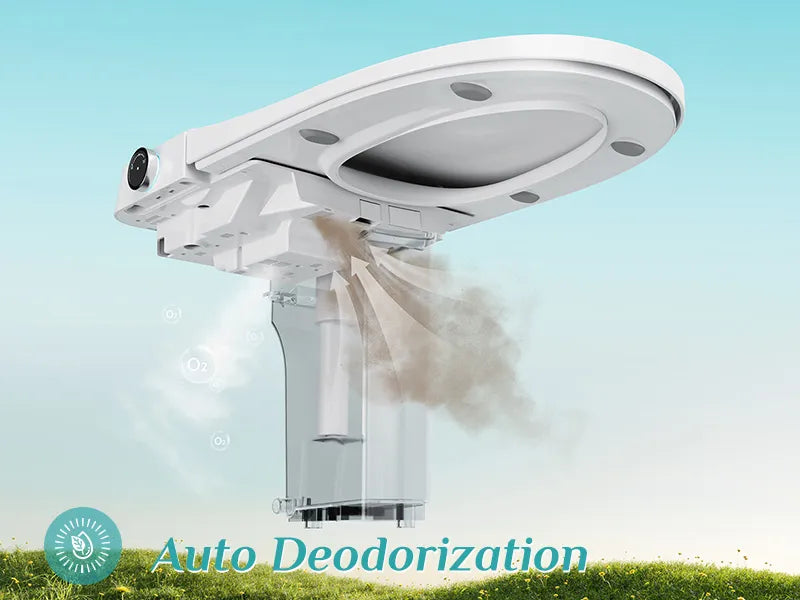The toilet venting system represents an essential component of bathroom plumbing which links outside air to your toilet drainage system. The main reason for this system is to provide proper airflow which allows waste water to move freely while keeping sewer odors from entering your home. The correct installation of vents creates balanced air pressure which facilitates waste removal and prevents problems such as slow flushing and unpleasant odors. This blog post will discuss both the necessity of toilet venting and the correct procedure for toilet vent installation.

What Is Toilet Venting?
Definition and purpose of a toilet vent
A toilet vent is a pipe connecting the toilet, to outside air, ensuring proper airflow within your plumbing system. It helps waste water flow smoothly and prevents sewer odors from entering your home. The vent's main role, is to balance pressure in the pipes by allowing fresh air inside.
Venting and drainage serve different purposes in bathroom plumbing. Venting regulates air pressure and circulation, aiding the removal of waste water without blockages. Drainage focuses on removing waste water from your home quickly and efficiently.
Learning how to vent a toilet correctly is key, to avoiding unpleasant smells and poor drainage. Without proper venting, sewer gases can back up into the bathroom, leading to foul odors and slow flushing issues. Ensuring that your toilet is properly vented will improve air circulation and overall system performance.
Differences between venting and drainage
Venting introduces air into the plumbing system, enhancing the movement of water in drains. It stops sewer gases, from infiltrating homes and guarantees the proper functioning of toilets.
Drainage facilitates the transportation of water and waste to the external sewer or septic system. The size of pipes is increased, to prevent blockages, ensuring a smooth flow of content. Both venting and drainage are vital for the smooth operation of bathroom plumbing.
Understanding how to vent a toilet requires distinguishing between ventilation and drainage functions. Ventilation facilitates airflow circulation while drainage eliminates waste and water from the household plumbing system. Insufficient ventilation may lead to drainage or potential blockages.
When you're figuring out how to vent a toilet properly, it's easy to mix up venting with drainage systems where drainage deals with waste removal and venting is, about maintaining the air pressure for smooth flow, in the system. When ventilation is not done right drainage can slow down leading to clogs and backups happening often.
In settings such as plumbing in a basement or on a slab foundation different approaches are used to ensure that toilets work well without vents. The guidelines outlined in plumbing codes lay down the requirements for ventilating toilets to guarantee safety and effectiveness. Understanding how to vent a toilet ensures compliance, with regulations and optimal performance.
In summary adequate bathroom ventilation serves a purpose, than eliminating unpleasant smells. It plays a crucial role in maintaining good indoor air quality and ensuring the smooth operation of restroom facilities.

Why Proper Venting Is Important
Preventing sewer gas from entering the bathroom
To avoid odors in your bathroom caused by sewer gas buildup near the toilet area, it is important to ensure that your toilet is correctly ventilated by connecting it to a plumbing vent. The plumbing vent allows air to flow in and stops gases from seeping out through the toilet similar, to how opening a window can help eliminate unwanted smells. Additionally, this ventilation system aids in maintaining effective drainage of wastewater from your home.
Understanding how to vent a toilet is important to keep your home free, from sewer gases entering through the plumbing systems pipes and causing health risks, in your bathroom environment.
Ensuring efficient wastewater drainage
Appropriate ventilation promotes the efficient flow of wastewater, mitigating unpleasant odors and improving toilet functionality. Vents introduce air, into the plumbing system, expediting water movement within pipes. If vents are absent, drain speed may decrease or become obstructed.
Selecting the right toilet vent size is vital. A vent that's too small may not allow sufficient air intake, for smooth drainage, causing gurgling sounds or sluggish flushing. Properly understanding how to vent a toilet ensures better drainage and fewer issues with blockages.
Ventilation for toilets involves the selection of a suitable plumbing vent size combined with proper installation of bathroom plumbing vents. There are unique venting alternatives, for more complex situations, such as basement or slab plumbing. Roof venting is a widely used technique, but other approaches are available, for homes where that's not practical.
Learning how to vent a toilet includes knowing how, to address unique venting situations. In basements, you might need, to install a pump or use an air admittance valve.
Avoiding slow-flushing or gurgling toilets
To ensure your toilet flushes smoothly, a well-functioning vent is important to maintain a functioning toilet vent system that helps balance air pressure in the pipes to allow waste and water to flow without issues.
Proper ventilation in plumbing, helps keep bathroom smells at bay and enhances the removal of wastewater from your home's plumbing system. If you notice issues like flushing or unusual noises coming from the toilet bowl area it might be beneficial to inspect and potentially clean or repair the venting system for functionality. In case you encounter problems, with your toilet system familiarizing yourself with how to vent a toilet can provide you with solutions to address these issues effectively.
Common Signs of a Poorly Vented Toilet
Unpleasant sewage odors in the bathroom
Bathroom smells often signal poor toilet venting. A proper vent removes odors and gases, from sewage, keeping the air fresh. Without this venting system, bathrooms can end up smelling like sewage because the air that should escape gets trapped. If you notice a bad smell, understanding how to vent a toilet can help you solve the issue quickly.
Gurgling sounds when flushing
Gurgling sounds when you flush mean the venting system isn't working right. This noise shows air can't move freely through the plumbing vent, often due to a blockage or incorrect toilet vent size.
Learning how to vent a toilet properly ensures that airflow through the pipes remains consistent, preventing gurgling noises.
Slow draining or frequent clogging
Gurgling sounds, slow draining, and frequent clogging mean venting problems. A toilet needs, to flush quickly. Wrong air flow in pipes slows down or stops waste water. This causes more clogs.
To fix this, match the plumbing vent size and drain size with your system's needs. If too small, make changes, to improve airflow and drain speed. Adding a new vent can let air in and help water flow out easier. Understanding how to vent a toilet can eliminate these drainage problems.
How to Vent a Toilet?
Venting a toilet helps keep your bathroom smelling fresh and ensures the plumbing works right. It stops bad smells from sewer gas and makes sure waste water flows out quickly. Here' how to vent a toilet:
- First, find out the size of your drain pipe to choose the right toilet vent size.
- For most homes, a 2-inch vent pipe is enough for a toilet, but sometimes a 3-inch or 4-inch pipe is better.
- Use DWV (drain, waste, vent) fittings to connect the vent pipe to your toilet's drain line.
- The vent pipe should go up from the toilet drain within 6 feet of the toilet, for best results.
- Connect the other end of the vent pipe to an existing vent stack or run it through the roof, for fresh air.
- If you're working in a basement or on a slab, special care is needed. Use a pump if gravity can't move water and waste to the sewer line.
- Always follow local building codes. These rules tell you how big pipes should be and where they can go.
- Checking with a professional plumber can help. They know how, to do things right and meet all rules. They know how to vent a toilet correctly and meet all rules.
- For houses without vents, consider an air admittance valve as a quicker solution. These let air in but stop sewer gases from coming back out.
- Think about upgrading your toilet if it's old. Newer models are designed better, for venting and saving water.
Upgrading to Modern Toilets with Better Venting Efficiency
New toilets have better venting options. They move air and waste easily and use less water. This is good, for the planet and saves money. Some models have fans, to improve airflow.
A well-vented toilet avoids bad smells and slow flushing. It keeps your bathroom fresh without extra plumbing work. Look, for features that fit your home, whether it's in a basement or on a slab.
HOROW toilets are designed with advanced venting and flushing technology, to keep your bathroom fresh and clean. HOROW smart toilets feature powerful flushing systems and efficient venting, reducing odors and improving overall performance. Upgrading, to a HOROW toilet ensures a cleaner, more comfortable bathroom experience. When you understand how to vent a toilet effectively, you can select a model that enhances overall efficiency and reduces maintenance.
HOROW T05

The HOROW T05 offers waste disposal by tackling the issue of how to vent a toilet through its flushing mechanism. The unit offers four flushing options. Automatic foot touch remote and manual ensure that waste and unpleasant odors are efficiently directed through the plumbing and venting system to uphold a pleasant and sanitary atmosphere.
The automatic deodorizer of the HOROW T05 helps improve by eliminating odors right, from the start to maintain a fresh bathroom environment consistently. The elongated bowl and warm seat provide comfort and the one-piece design makes cleaning easier and more convenient, for bathroom users in need of a reliable solution.
HOROW T37

The HOROW T37 provides benefits, for "how to vent a toilet" in bathrooms where space is limited. Its 10 inch rough in design makes it suitable, for setups ensuring waste disposal and adequate ventilation even in tight spaces. This focused approach simplifies the installation process and improves the efficiency of plumbing systems.
Furthermore, the automatic flushing function assists, in keeping the air circulation efficient within the system by disposing of waste and minimizing the likelihood of odors. With its integrated deodorizer, the HOROW T37 promotes a clean and hygienic bathroom atmosphere that sets it apart, from models.
HOROW T36

The HOROW T36 effectively addresses the challenge, of how to vent a toilet with its built-in booster pump, which enhances water pressure and ensures powerful, consistent flushing. This helps to clear waste efficiently and supports proper venting by maintaining a strong and steady water flow through the plumbing system.
Its automatic deodorizer neutralizes odors at the source, contributing to a fresher and cleaner bathroom environment. The pulse massage cleanse and self-cleaning nozzle further enhance hygiene and comfort, making the HOROW T36 a standout choice for effective waste removal and ventilation.
FAQ
1. What does it mean to vent a toilet?
Venting a toilet means setting up an air passage system from your toilet's drainage pipe to the outside, allowing sewer gases to escape and maintaining proper pressure for efficient flushing.
2. Why is it necessary to vent my toilet?
The necessity of venting lies, in its role in preventing sewer gases from entering your home, aiding waste water flow and ensuring that the water seal in your trap doesn't get sucked out every time you flush.
3. How can I go about venting my own toilet?
To do this yourself, you'd need some basic plumbing skills. You'll have to install a pipe that connects from your bathroom drain line towards the roof - this acts as an airway for those pesky sewer gases!
4. Can there be issues if my toilet is not properly vented?
Yes, poor venting can cause slow flushing, gurgling noises, and unpleasant odors. In severe cases, sewer gases can back up, into your home, posing health risks and creating an uncomfortable bathroom environment.
5. What are the benefits of choosing a HOROW toilet for better venting efficiency?
HOROW toilets feature advanced venting and flushing systems designed, to enhance waste removal and prevent odors. Models like the HOROW T36, T37, and T05 include powerful flushing, integrated deodorizers, and air circulation systems, ensuring a cleaner and fresher bathroom experience.








Leave a comment
This site is protected by hCaptcha and the hCaptcha Privacy Policy and Terms of Service apply.